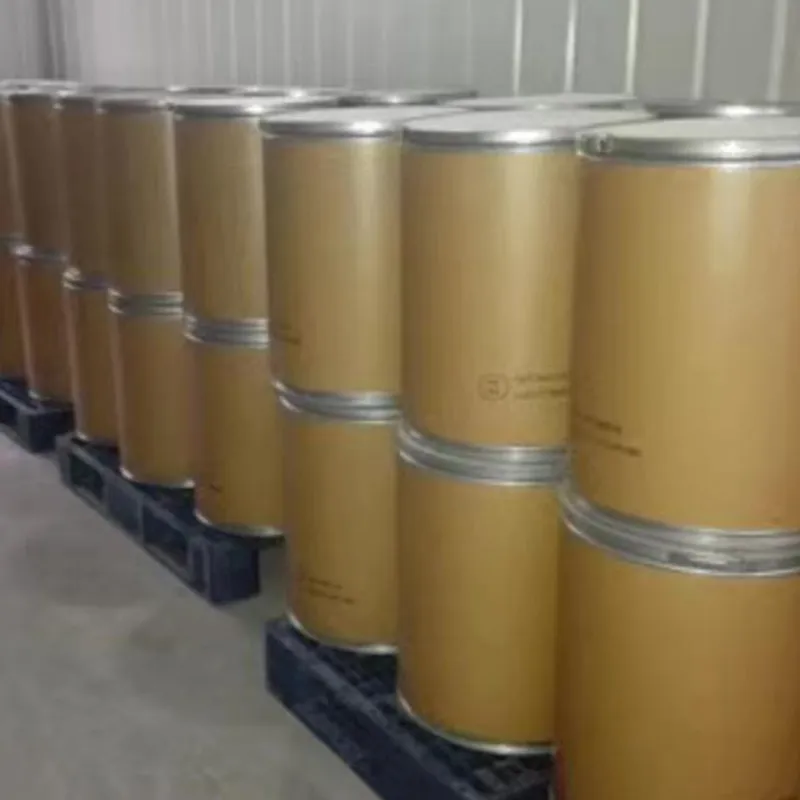
Understanding the Role of Emulsifier 481 in Enhancing Bread Quality and Texture
The Role of Emulsifier E481 in Bread Production
Baking bread is one of the most ancient culinary practices, and over the years, various ingredients have been introduced to enhance its texture, flavor, and shelf life. Among these ingredients, emulsifiers have gained significant attention for their ability to improve bread quality. One such emulsifier is E481, or sodium stearoyl lactylate, which is widely used in commercial bread production.
Understanding Emulsifiers
Emulsifiers are substances that help in mixing two immiscible liquids, such as oil and water. In the context of bread making, they play a pivotal role in stabilizing and improving the dough's structure. Emulsifiers can promote uniform distribution of fats within the dough, help retain moisture, and improve the bread's overall texture. They also influence the volume and crumb structure, contributing to a desirable mouthfeel.
E481 What is it?
E481, or sodium stearoyl lactylate, is a food additive that acts as an emulsifier and surfactant. It is derived from lactic acid and fatty acids, making it a semi-synthetic compound. This emulsifier is recognized for its efficiency in enhancing dough elasticity and gas retention properties, which are crucial for achieving the perfect loaf. It is particularly favored in industrial baking due to its ability to enhance the dough's performance during fermentation and baking.
The Benefits of E481 in Bread Making
emulsifier 481 in bread

1. Improved Dough Handling One of the primary advantages of incorporating E481 into bread production is its enhancement of dough handling. Bakers often face challenges related to dough elasticity and extensibility. E481 improves the dough’s ability to withstand mechanical stress during kneading and shaping, leading to improved workability.
2. Increased Volume E481 has a significant impact on the volume of the finished bread. By improving the gas retention capabilities of the dough, it allows for greater carbon dioxide capture produced during fermentation. This results in a lighter, airier loaf that consumers find appealing.
3. Better Crumb Structure The crumb structure of bread is a critical quality attribute that affects both the texture and the eating experience. E481 helps in creating a finer, more uniform crumb structure, which grants bread a pleasant mouthfeel. This is particularly important for artisanal breads and those requiring a soft texture.
4. Extended Shelf Life One of the challenges in bread production is staleness, which occurs due to moisture loss and the rearrangement of starch molecules over time. E481 contributes to moisture retention, thereby extending the shelf life of bread. This is particularly beneficial in commercial baking, where products need to maintain quality over extended distribution periods.
5. Enhancing Flavor and Aroma While emulsifiers are often overlooked in terms of flavor impact, E481 can subtly enhance the overall flavor profile of bread. By ensuring that fats are well integrated into the dough, the emulsifier helps in the development of rich flavors during the baking process.
Conclusion
The inclusion of emulsifier E481 in bread production exemplifies the marriage of tradition and modern science in baking. This additive not only streamlines the baking process but also elevates the final product in terms of quality. As consumer preferences continue to evolve, particularly toward convenience and extended freshness, the role of ingredients like E481 becomes increasingly important. Understanding these components empowers bakers to create products that meet market demands while maintaining the beloved characteristics of traditional bread. As we embrace technological advancements in baking, E481 stands out as a key player in the quest for perfection in every loaf.
-
nitrile-rubber-honoring-strict-production-standardsNewsAug.22,2025
-
aspartame-ingredients-honoring-food-safety-valuesNewsAug.22,2025
-
fertilizer-for-balanced-plant-nutritionNewsAug.22,2025
-
cyanide-gold-processing-with-high-purity-additivesNewsAug.22,2025
-
formic-acid-in-textile-dyeing-applicationsNewsAug.22,2025
-
aluminum-hydroxide-gel-in-skincare-productsNewsAug.22,2025
-
Regulatory Compliance for Global Mining Chemicals UseNewsAug.12,2025
Hebei Tenger Chemical Technology Co., Ltd. focuses on the chemical industry and is committed to the export service of chemical raw materials.
-

view more DiethanolisopropanolamineIn the ever-growing field of chemical solutions, diethanolisopropanolamine (DEIPA) stands out as a versatile and important compound. Due to its unique chemical structure and properties, DEIPA is of interest to various industries including construction, personal care, and agriculture. -

view more TriisopropanolamineTriisopropanolamine (TIPA) alkanol amine substance, is a kind of alcohol amine compound with amino and alcohol hydroxyl, and because of its molecules contains both amino and hydroxyl. -

view more Tetramethyl Thiuram DisulfideTetramethyl thiuram disulfide, also known as TMTD, is a white to light-yellow powder with a distinct sulfur-like odor. It is soluble in organic solvents such as benzene, acetone, and ethyl acetate, making it highly versatile for use in different formulations. TMTD is known for its excellent vulcanization acceleration properties, which makes it a key ingredient in the production of rubber products. Additionally, it acts as an effective fungicide and bactericide, making it valuable in agricultural applications. Its high purity and stability ensure consistent performance, making it a preferred choice for manufacturers across various industries.





